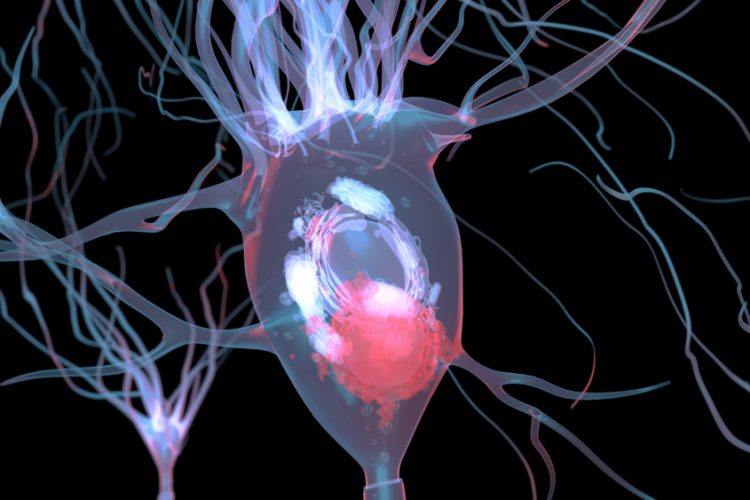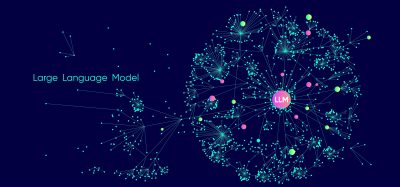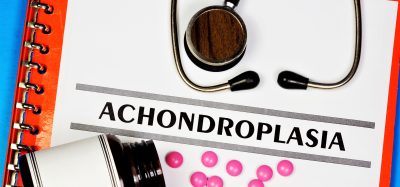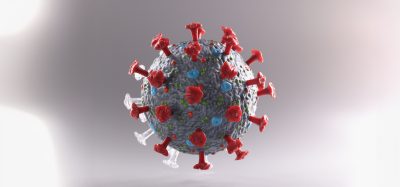New link found between immune system and neurological disease
Posted: 10 October 2024 | Drug Target Review | No comments yet
Findings show that alpha-synuclein and an immune response are required for Lewy body formation, in an effect specific to dopaminergic neurons.


Researchers at The Neuro (Montreal Neurological Institute-Hospital) of McGill University have collaborated with its Early Drug Discovery Unit to recreate the growth of Lewy bodies in human neurons. They discovered that immune challenge is important for this process and identified a previously unknown link between the immune system and neurological disease.
Lewy bodies, thought to result from a build-up of misfolded proteins in neurons, are a hallmark of Parkinson’s disease (PD) and other related neurological conditions. The single way to study them in human neurons previously has been through brain autopsy, which poses challenges as the cells break down rapidly after death.
Utilising human stem cells
In the new study, the team used human stem cells to create Lewy bodies in living dopaminergic neurons, the cells particularly at risk in PD. The neurons were first incubated with alpha-synuclein, which is found in Lewy bodies, and coupled to an immune reaction.
Biomarkers are redefining how precision therapies are discovered, validated and delivered.
This exclusive expert-led report reveals how leading teams are using biomarker science to drive faster insights, cleaner data and more targeted treatments – from discovery to diagnostics.
Inside the report:
- How leading organisations are reshaping strategy with biomarker-led approaches
- Better tools for real-time decision-making – turning complex data into faster insights
- Global standardisation and assay sensitivity – what it takes to scale across networks
Discover how biomarker science is addressing the biggest hurdles in drug discovery, translational research and precision medicine – access your free copy today
The findings demonstrated that Lewy bodies only develop when dopaminergic neurons are exposed to both a rise in alpha-synuclein and an immune stimulation. No Lewy bodies are developed without the immune challenge. Also, when the same procedure was done on other cells like cortical neurons, no Lewy bodies were produced. This suggests this effect is specific to dopaminergic neurons.
Following the development of Lewy bodies in real-time demonstrated that in dopaminergic neurons, the immune response impairs autophagy. Furthermore, in these cells, Lewy bodies are membrane-bound, and contain other organelles and membrane fragments, which contradicts previous belief that Lewy bodies were composed exclusively of misfolded proteins.
The study is the first to show that both alpha-synuclein and an immune response are required for Lewy body formation and that this effect is specific to dopaminergic neurons. It also provides key insight into Lewy body formation and structure.
Peter McPherson, senior study author and researcher at The Neuro, explained: “Replicating Lewy body formation in living neurons is a significant step forward to understanding key aspects of Parkinson’s and other neurological disease…These neurons came from stem cells of healthy patients, suggesting anyone can develop Parkinson’s if exposed to the right environment, and so a genetic predisposition to disease may not be necessary.”
Armani Bayati, a PhD candidate in McPherson’s lab and the study’s first author, added: “The results support previous research showing that an immune response plays an important role in Parkinson’s development…Future studies should focus on understanding how inflammation caused by an overexcited immune system causes Lewy body formation when coupled with α-synuclein.”
This study was published in Nature Neuroscience.
Related topics
Disease Research, Drug Discovery, Immunology, Neurons, Neurosciences, Stem Cells
Related conditions
Parkinson's disease (PD)
Related organisations
Montreal Neurological Institute and Hospital (The Neuro)
Related people
Armani Bayati (The Neuro), Peter McPherson (The Neuro)








